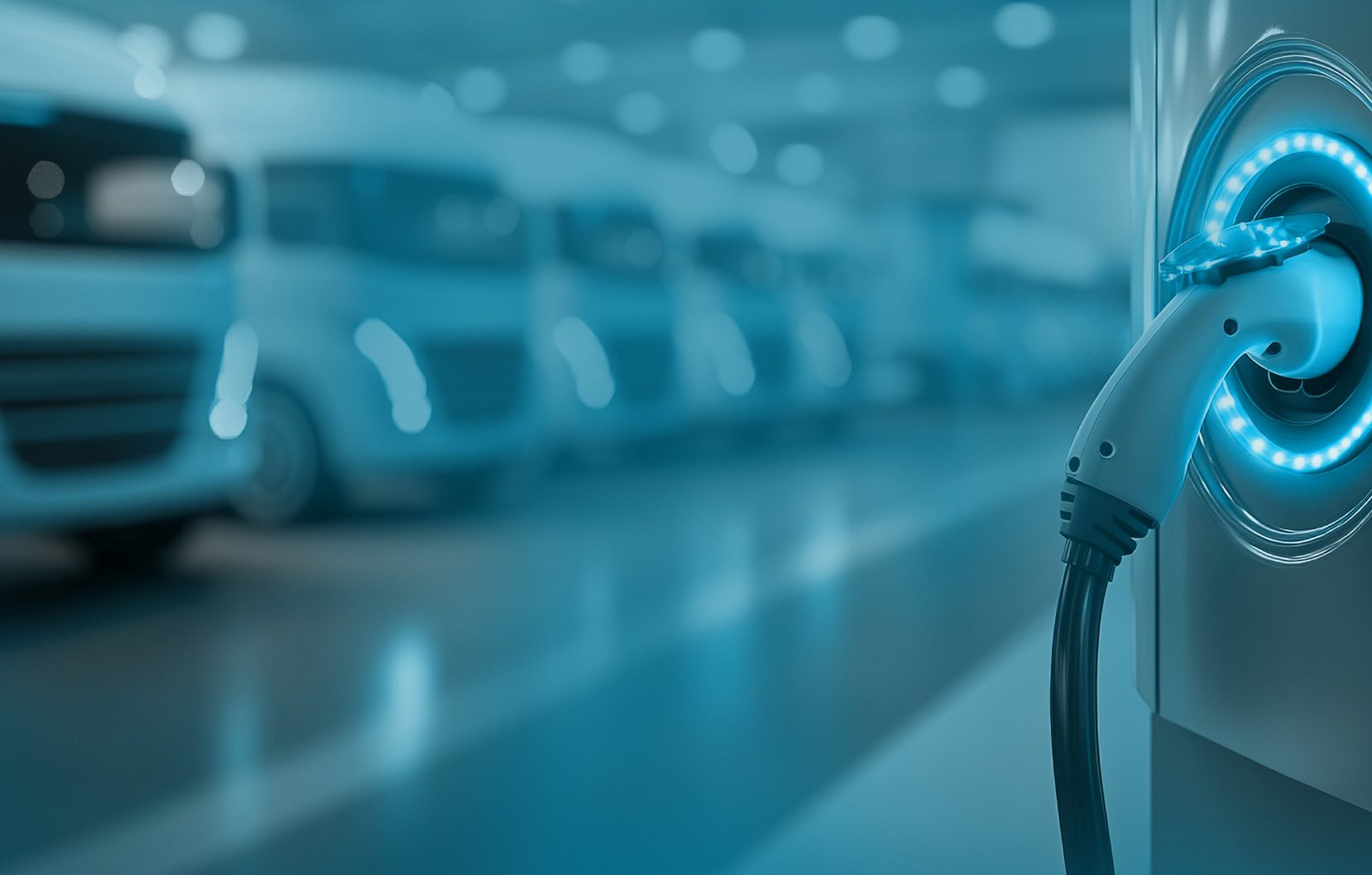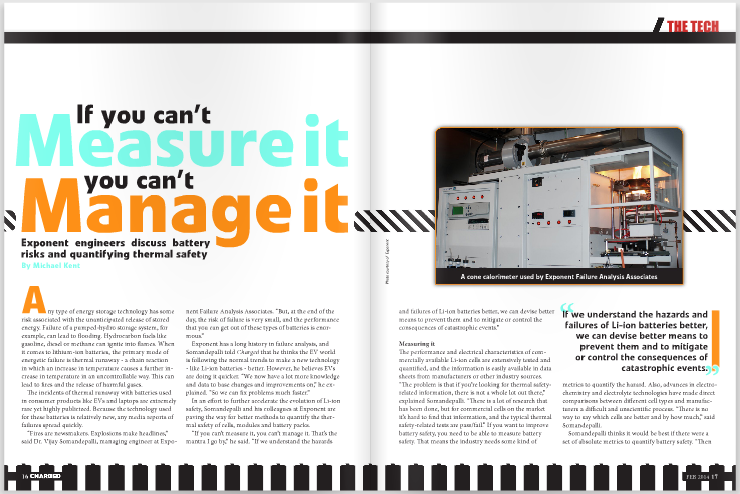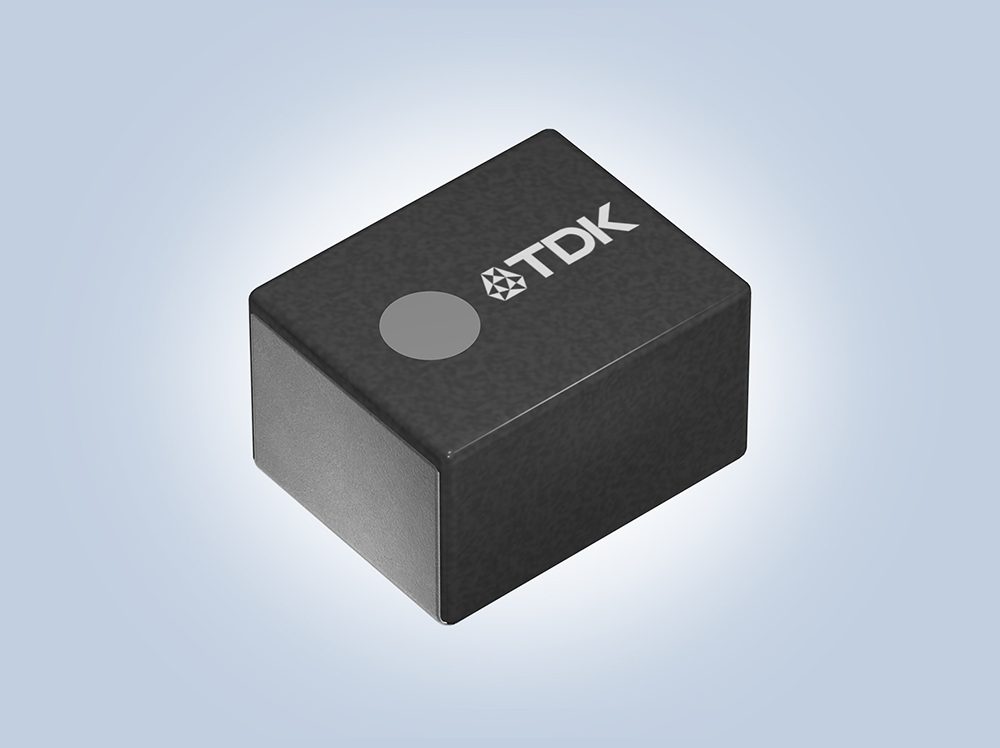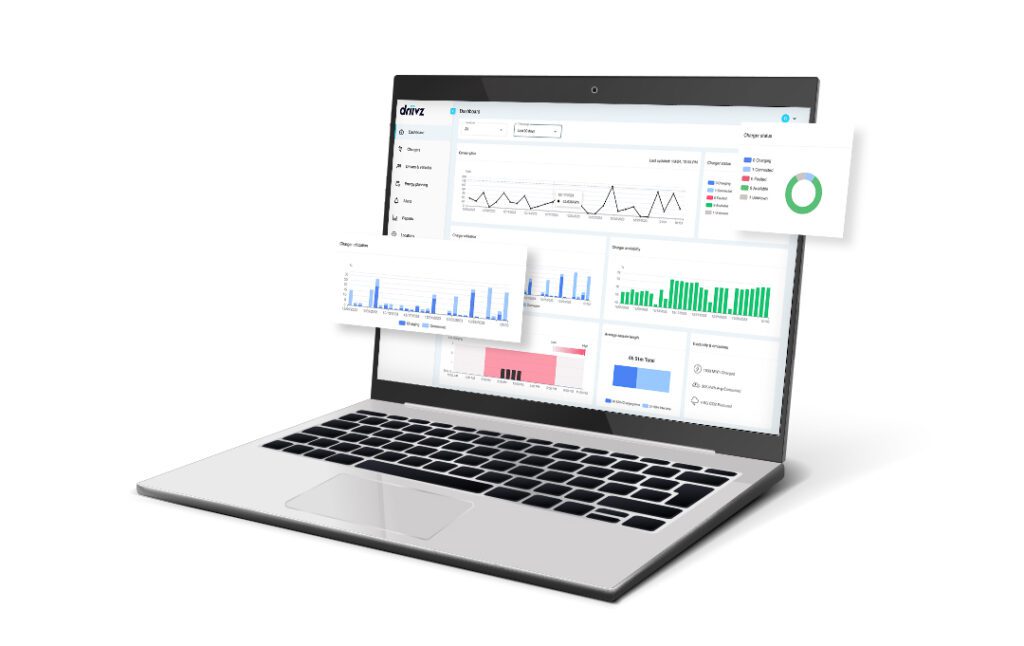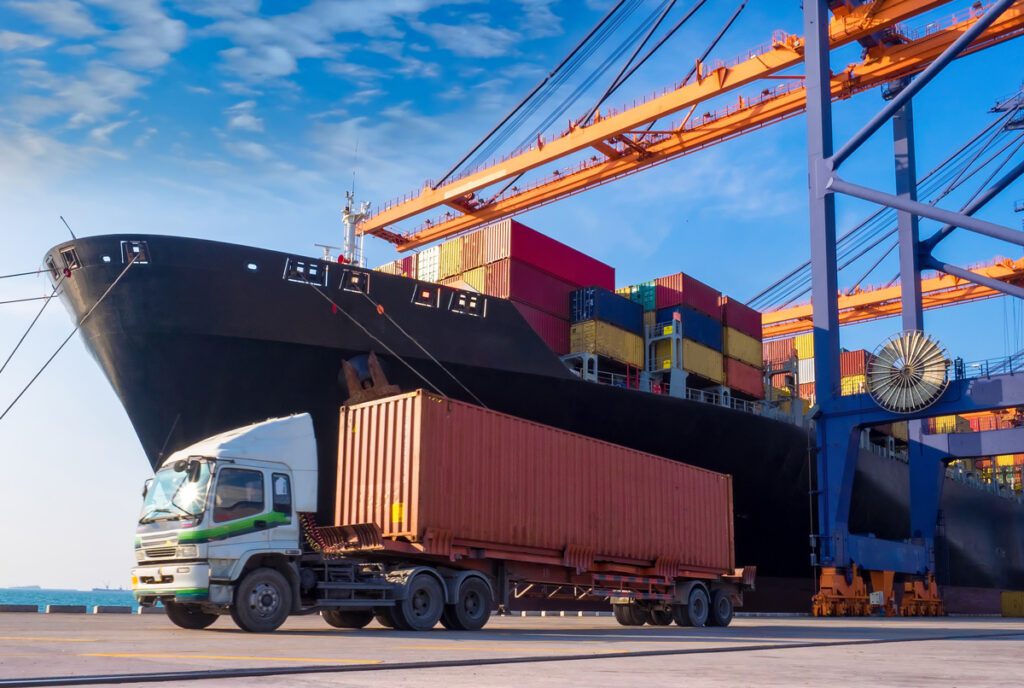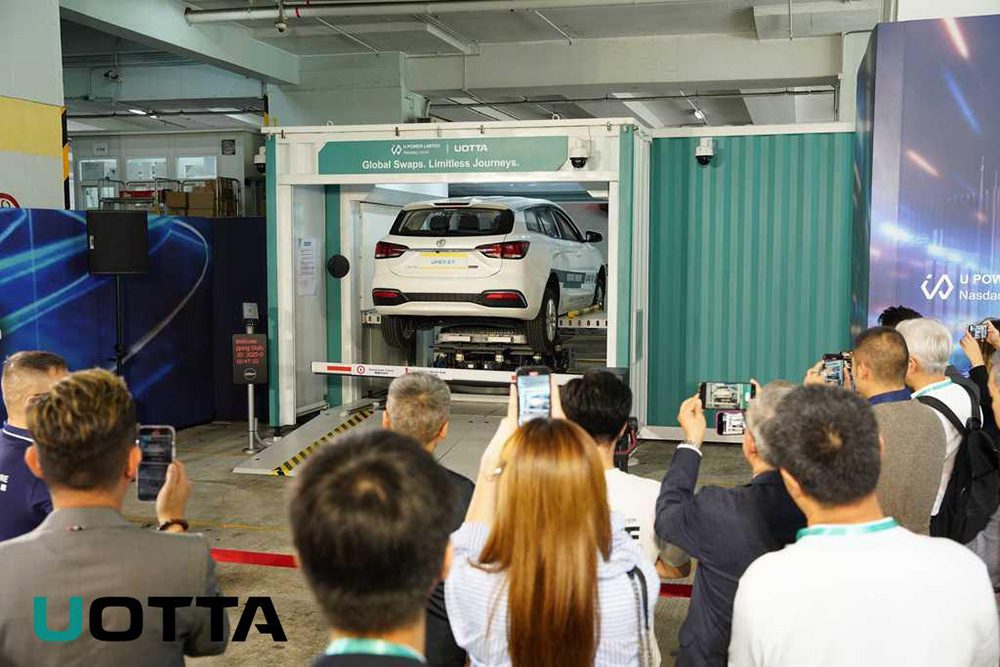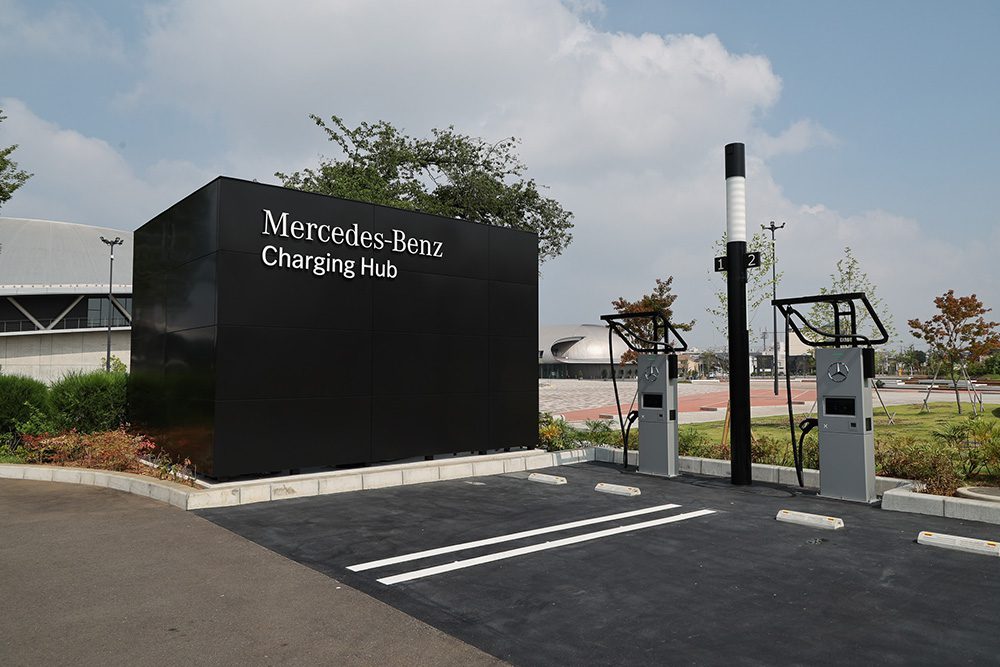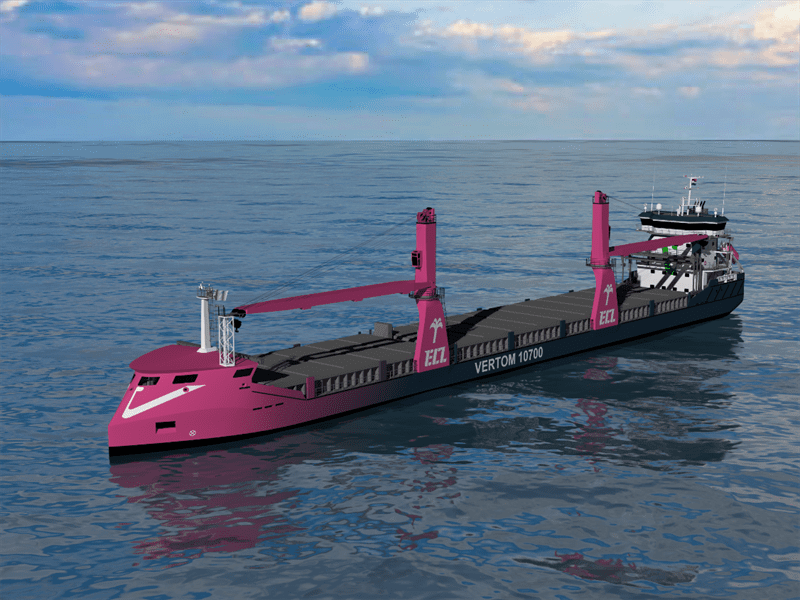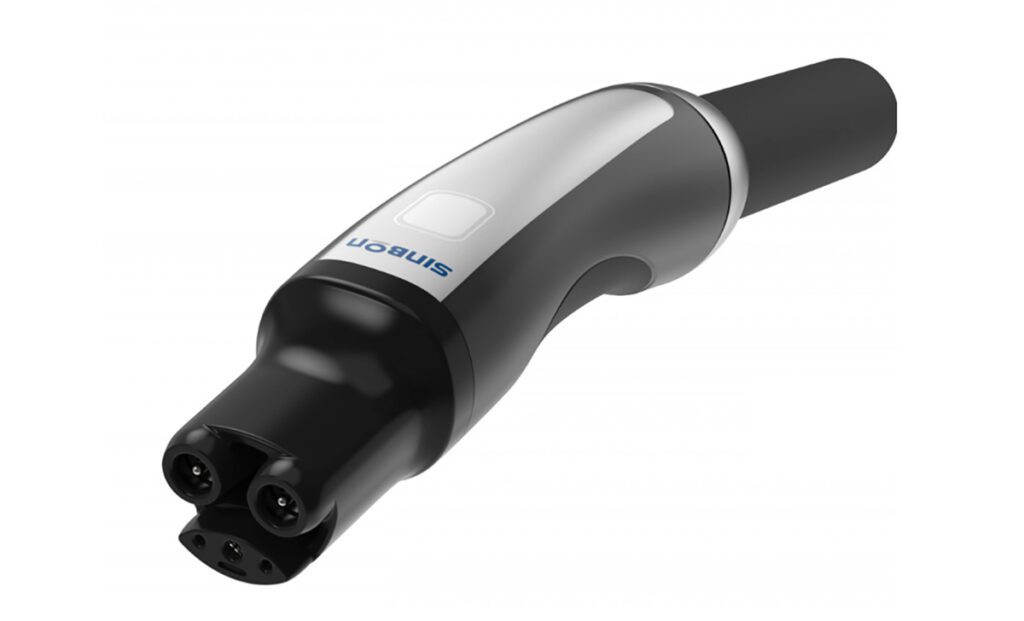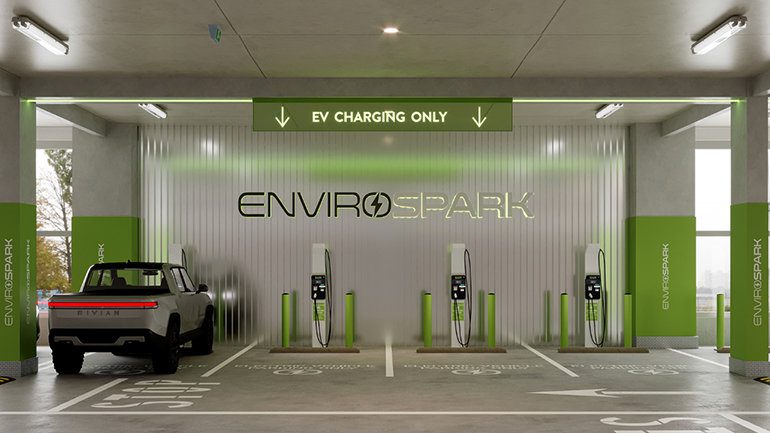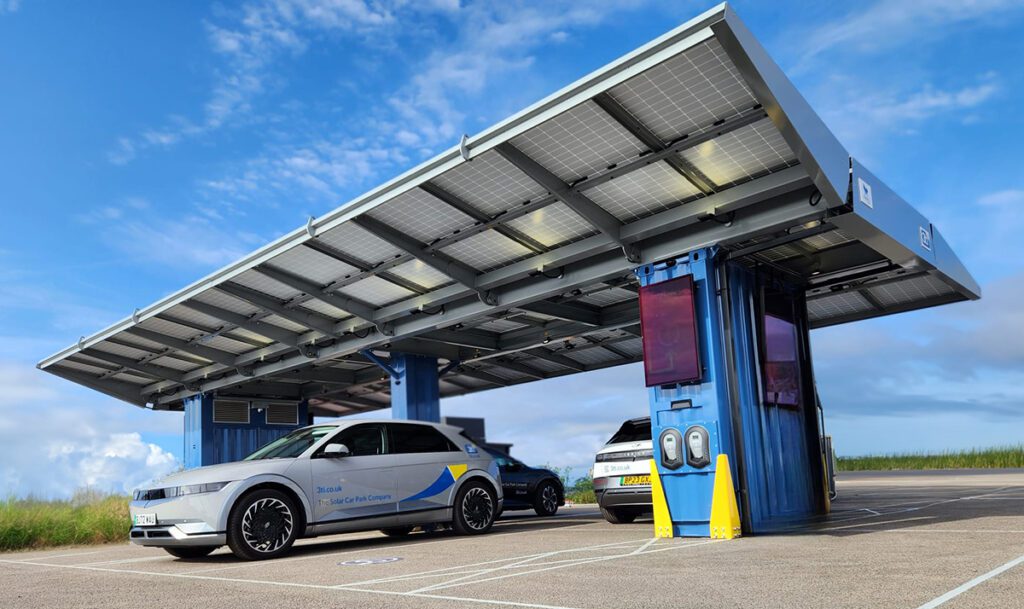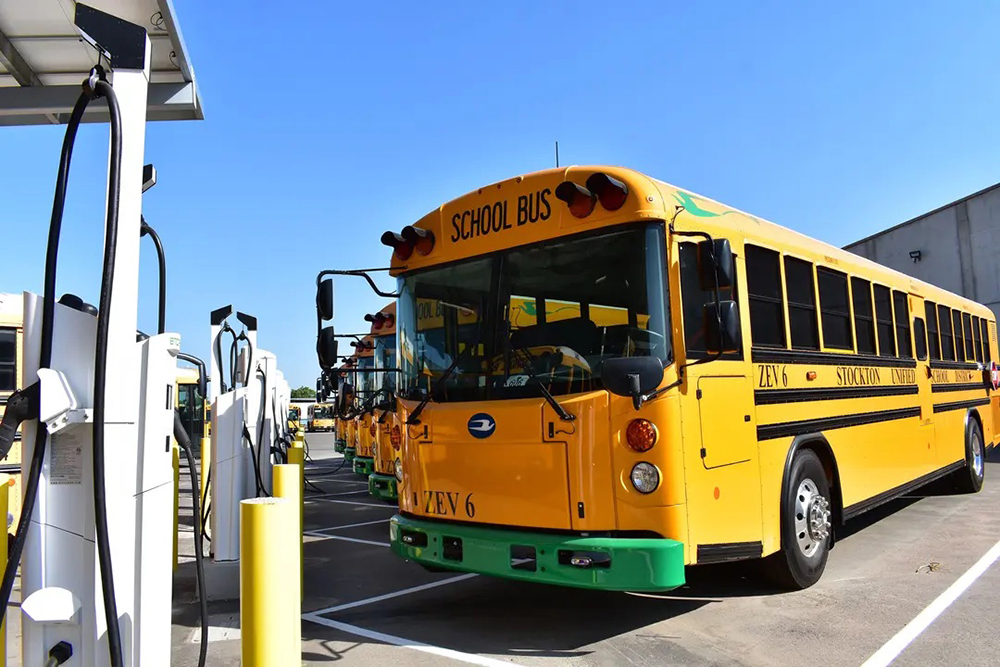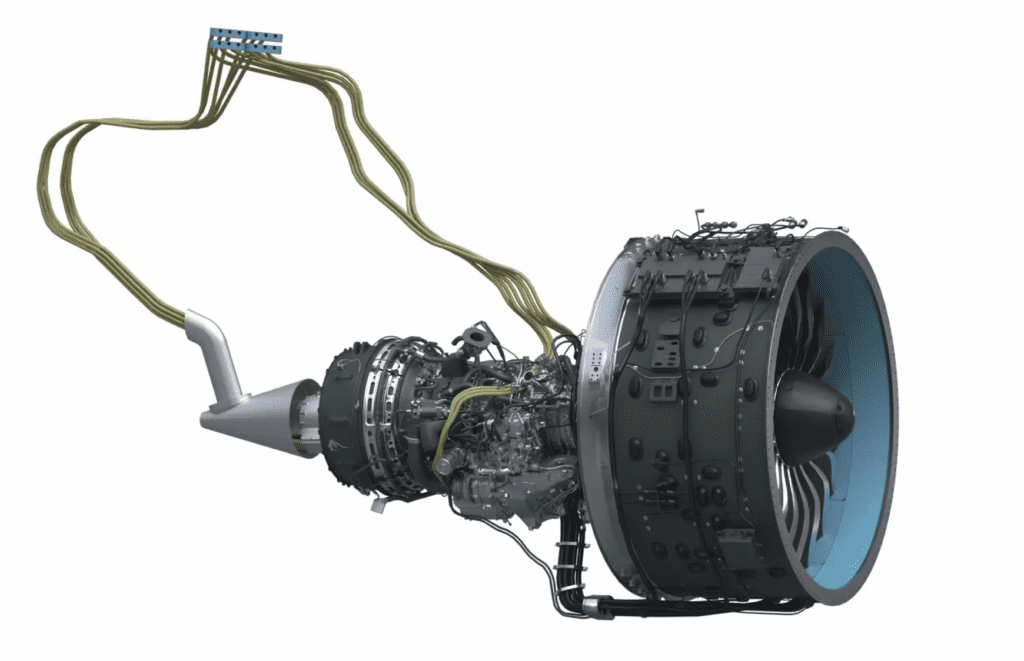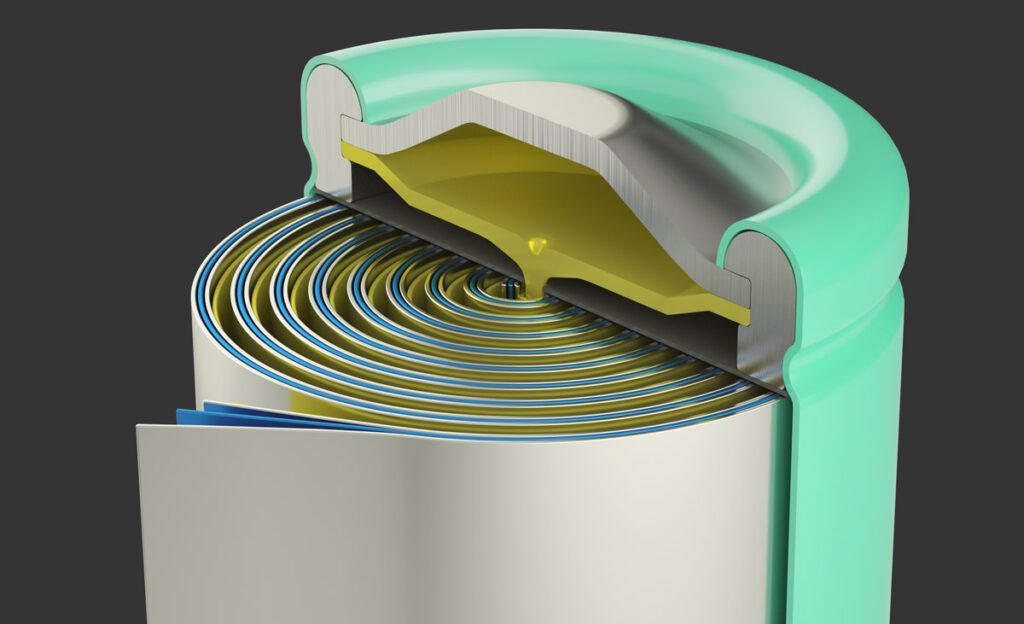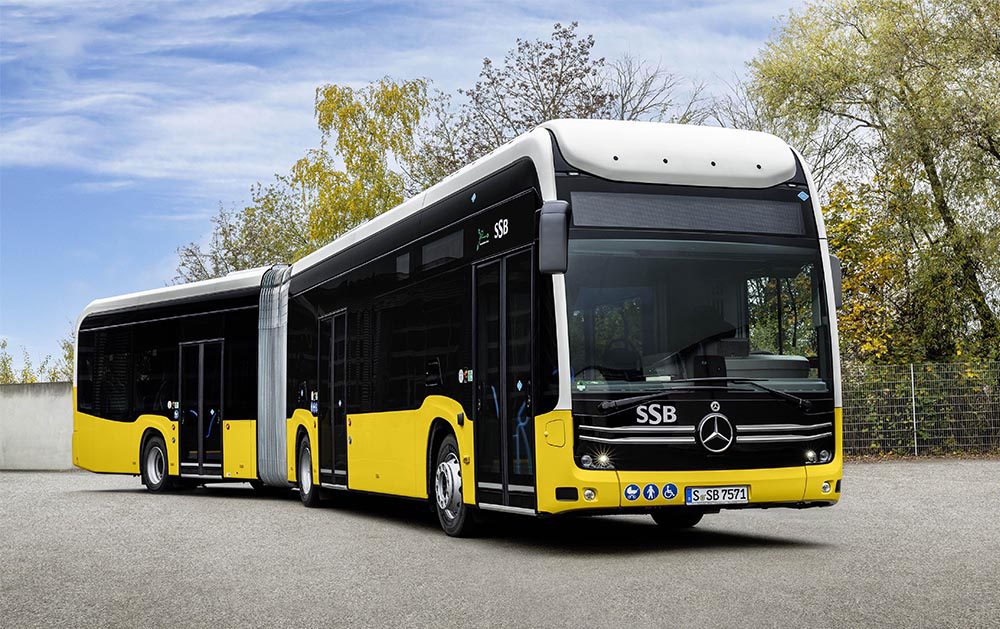Exponent engineers on battery risks and thermal safety: If you can’t measure it, you can’t manage it.
Any type of energy storage technology has some risk associated with the unanticipated release of stored energy. Failure of a pumped-hydro storage system, for example, can lead to flooding. Hydrocarbon fuels like gasoline, diesel or methane can ignite into flames. When it comes to lithium-ion batteries, the primary mode of energetic failure is thermal runaway – a chain reaction in which an increase in temperature causes a further increase in temperature in an uncontrollable way. This can lead to fires and the release of harmful gases.
The incidents of thermal runaway with batteries used in consumer products like EVs and laptops are extremely rare yet highly publicized. Because the technology used for these batteries is relatively new, any media reports of failures spread quickly.
“Fires are newsmakers. Explosions make headlines,” said Dr. Vijay Somandepalli, managing engineer at Exponent Failure Analysis Associates. “But, at the end of the day, the risk of failure is very small, and the performance that you can get out of these types of batteries is enormous.”
Exponent has a long history in failure analysis, and Somandepalli told Charged that he thinks the EV world is following the normal trends to make a new technology – like Li-ion batteries – better. However, he believes EVs are doing it quicker. “We now have a lot more knowledge and data to base changes and improvements on,” he explained. “So we can fix problems much faster.”
 In an effort to further accelerate the evolution of Li-ion safety, Somandepalli and his colleagues at Exponent are paving the way for better methods to quantify the thermal safety of cells, modules and battery packs.
In an effort to further accelerate the evolution of Li-ion safety, Somandepalli and his colleagues at Exponent are paving the way for better methods to quantify the thermal safety of cells, modules and battery packs.
“If you can’t measure it, you can’t manage it. That’s the mantra I go by,” he said. “If we understand the hazards and failures of Li-ion batteries better, we can devise better means to prevent them and to mitigate or control the consequences of catastrophic events.”

Measuring it
The performance and electrical characteristics of commercially available Li-ion cells are extensively tested and quantified, and the information is easily available in data sheets from manufacturers or other industry sources. “The problem is that if you’re looking for thermal safety-related information, there is not a whole lot out there,” explained Somandepalli. “There is a lot of research that has been done, but for commercial cells on the market it’s hard to find that information, and the typical thermal safety-related tests are pass/fail.” If you want to improve battery safety, you need to be able to measure battery safety. That means the industry needs some kind of metrics to quantify the hazard. Also, advances in electrochemistry and electrolyte technologies have made direct comparisons between different cell types and manufacturers a difficult and unscientific process. “There is no way to say which cells are better and by how much,” said Somandepalli.
Somandepalli thinks it would be best if there were a set of absolute metrics to quantify battery safety. “Then you could say, Cell A is x Cell-Hazards and Cell B is y Cell-Hazards. But there isn’t such a measurement yet that I know of,” he explained. “Or we could use relative measurements that say things like, Cell A is some percentage better than Cell B for fire resistance.”
The team at Exponent looked at fires and explosions that can happen with a thermal runaway event and asked “What do we need to be able to quantify this?” On the fire side, they thought questions worth answering would include: “What comes off of failing batteries and causes them to burn? How hot can they burn?” and “What are the energy release characteristics in a thermal runaway?” On the explosion side, important data would answer: “What is the fuel? What gases are coming off the cells?” and “How much bang can these gases create?”
 Typically for fire hazard tests, a fire calorimeter is used to measure heat release or energy release information. “That’s great,” said Somandepalli. “We can test cells and get a whole lot of data. Except most of that data won’t make any sense when comparing Li-ion cells. A standard fire calorimeter does not provide useful data for materials that burn with complex combustion chemistries, self-generated oxygen, different active material and energy content.”
Typically for fire hazard tests, a fire calorimeter is used to measure heat release or energy release information. “That’s great,” said Somandepalli. “We can test cells and get a whole lot of data. Except most of that data won’t make any sense when comparing Li-ion cells. A standard fire calorimeter does not provide useful data for materials that burn with complex combustion chemistries, self-generated oxygen, different active material and energy content.”
Fire metrics
Using a modified cone calorimeter, the engineers at Exponent developed, for the first time, tests to precisely quantify the heat release rate and the total energy released from cells when they undergo a combustion event. Using these tests, different safety-related parameters of cells with different chemistries can be compared directly in a quantifiable and repeatable manner. The Data generated can also be used in developing and improving computational models for analyzing thermal runaway and cascading thermal failures in modules and packs, and developing strategies to prevent them.
For example, one test revealed how the energy released during combustion related to the state-of-charge (SOC) of a cell. The data from a small 2.1 Ah (7.7 Wh) pouch cell (Figure 1) shows a completely different energy-release pattern for low SOCs compared to 50% SOC and higher, where a very sudden release of energy is observed when the cells catch fire.

“Once you’re able to measure these different variables using the modified calorimetry technique, then the data begins to provide some useful information,” said Somandepalli. “Developing better thermal management systems for battery packs requires a clear understanding of the heat generation mechanisms and kinetics associated with the failures of Li-ion batteries.”
Explosion metrics
Another potentially hazardous Li-ion failure mode occurs when flammable and toxic gases are emitted from failing cells and distributed into confined areas where other energized systems, or occupants, may be present. For an EV, the confined area could be a portion of the chassis, the occupant area of the vehicle or the garage in which the EV may be parked.
To quantify an explosion hazard, the fuel composition, the amount of fuel and the amount of “oomph” the fuel has have to be measured. “To find that oomph you need the maximum pressure and the rate of pressure rise – the dP/dt – the fuel gas can create.” So Exponent developed a test method that captures and quantifies the composition of gases vented from batteries. The technique causes the cells to fail under bad conditions, and the released gases are captured and then tested in a combustion sphere to quantify their explosivity.

Using this information, explosion prevention or protection systems can be designed and optimized for use on battery compartments. The compositional analysis also aids in quantifying the health effects of human exposure to the vented gases.
These gases tend to be complex mixtures, so data is needed to know how these mixtures vary with SOC, and how they vary with different cell chemistries. For example, Figure 2 shows the different amounts of hydrogen, carbon monoxide and hydrocarbons released from cells at different SOCs. These are the gases that could feed possible explosions.

“We can then compare that with pure hydrocarbon gases, like methane and propane,” explained Somandepalli. “In this test, the thing that jumped out at us right away was that the battery vent gases were more energetic than many pure hydrocarbons. And the flammability ranges of these gases are also higher than those of many pure hydrocarbons.”
Management
With a thorough understanding of the hazards, thermal management systems can be designed to detect, prevent and control runaway conditions in modules and packs. The test data can also be used to develop protection strategies based on existing knowledge. “For example, there is an equation that tells you how much vent area, or blow off panel area, you need to provide protection from an explosion,” said Somandepalli. “It’s a commonly used calculation, straight out of the NFPA 68 standard, and these new test methods provide the variables needed for this calculation.”
Exponent has over 600 consultants, and about 450 of them have PhDs in different technical disciplines including material science and mechanical and electrical engineering. Its clients are spread across the globe, and Somandepalli says the company’s diverse work has led to a mountain of institutional knowledge about failure analysis and prevention. “There is a lot of science that can be transmitted between different industries, and we’re able to see things, be it in design techniques, testing or safety, that make us wonder, ‘Can we help people in other industries with this?’”
This article originally appeared in Charged Issue 12 – FEB 2014

